Tropical Fruit Tree Protection From STRONG Winds
gardenathome
13 years ago
Related Stories

HOUSEKEEPINGProtect Your House From Winter Water Damage
Avoid costly repairs by learning to spot potential problem areas before water damage is done
Full Story
EDIBLE GARDENSHow to Grow 10 Favorite Fruit Trees at Home
Plant a mini orchard in fall, winter or early spring to enjoy fresh-off-the-tree fruit the following year
Full Story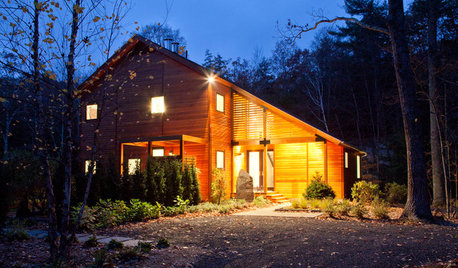
CONTEMPORARY HOMESHouzz Tour: Strong, Modern Lines Stand Up to the Trees
Modernism takes kindly to the New York woods, with double-height ceilings for openness and a burbling creek for music
Full Story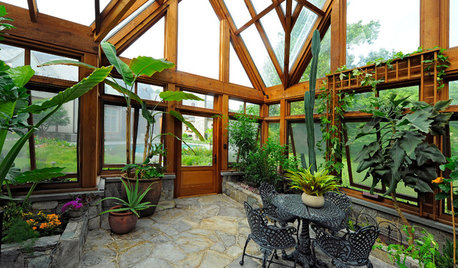
EDIBLE GARDENSThe Enticing Garden: How to Grow Bananas
Sweeten your dining table with surprising flavors of banana cultivars while adding tropical flavor to your garden
Full Story
FALL GARDENING5 Fall Fruits You Can Grow in Containers
Brighten your porch or patio with a potted pomegranate, kumquat, blueberry bush or another great fall fruit
Full Story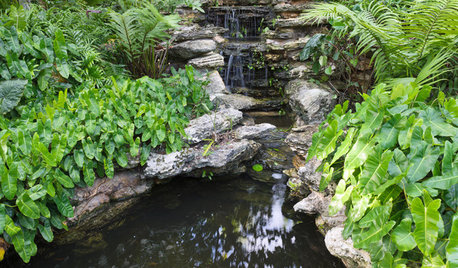
LANDSCAPE DESIGNRecipe for Tropical Edible Garden Style
Appeal to exotic good taste with fruit trees, palms and tropical look-alikes in your temperate-climate garden
Full Story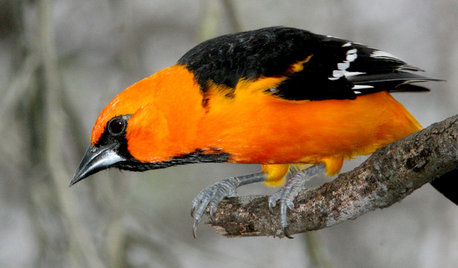
GARDENING GUIDESBackyard Birds: Orioles Return After Spending Winter in the Tropics
These colorful songbirds prefer woodlands and forest edges, but they’ll visit yards with fruit-producing trees and shrubs
Full Story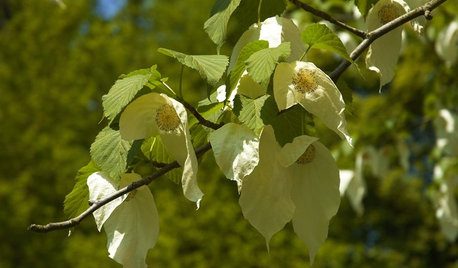
GARDENING GUIDESGreat Design Tree: The Dove Tree
With distinctive fluttery flowers and a height that towers over the landscape, the dove tree provides a respite from the summer sun
Full Story
GARDENING GUIDESGreat Design Plant: Grow Blueberries for Their Fruit and More
Eastern gardeners should consider growing blueberry plants for their delicious fruits, bee-friendly spring blooms and brilliant fall foliage
Full Story
EDIBLE GARDENSHow to Add an Apple Tree to Your Edible Garden
Readily available, beautiful and fragrant, apple trees offer four-season interest along with crisp, juicy fruit
Full StoryMore Discussions






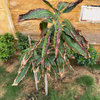
murahilin
mango_kush
Related Professionals
Fort Lee Landscape Architects & Landscape Designers · Salisbury Landscape Architects & Landscape Designers · Tempe Landscape Contractors · Burlington Landscape Contractors · Damascus Landscape Contractors · Euclid Landscape Contractors · Lakeville Landscape Contractors · Long Beach Landscape Contractors · Lynchburg Landscape Contractors · North Highlands Landscape Contractors · Oklahoma City Landscape Contractors · Palm Beach Gardens Landscape Contractors · Tuscaloosa Landscape Contractors · Wethersfield Landscape Contractors · Kingsburg Landscape Contractorsmurahilin
nullzero
gardenathomeOriginal Author
hmhausman
gardenathomeOriginal Author
hmhausman
mango_nut
mango_kush
gomango
gardenathomeOriginal Author
mango_kush
mayoume